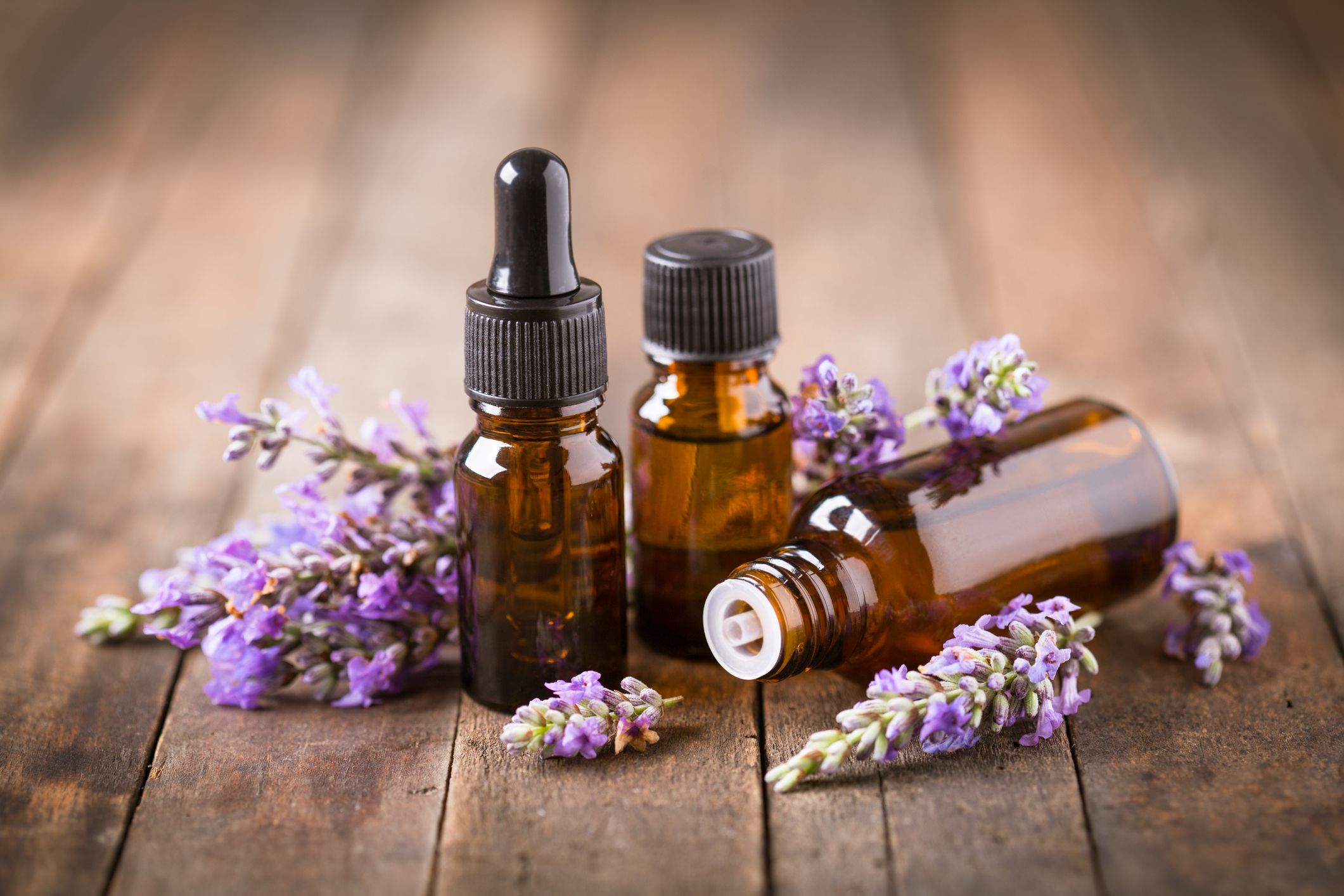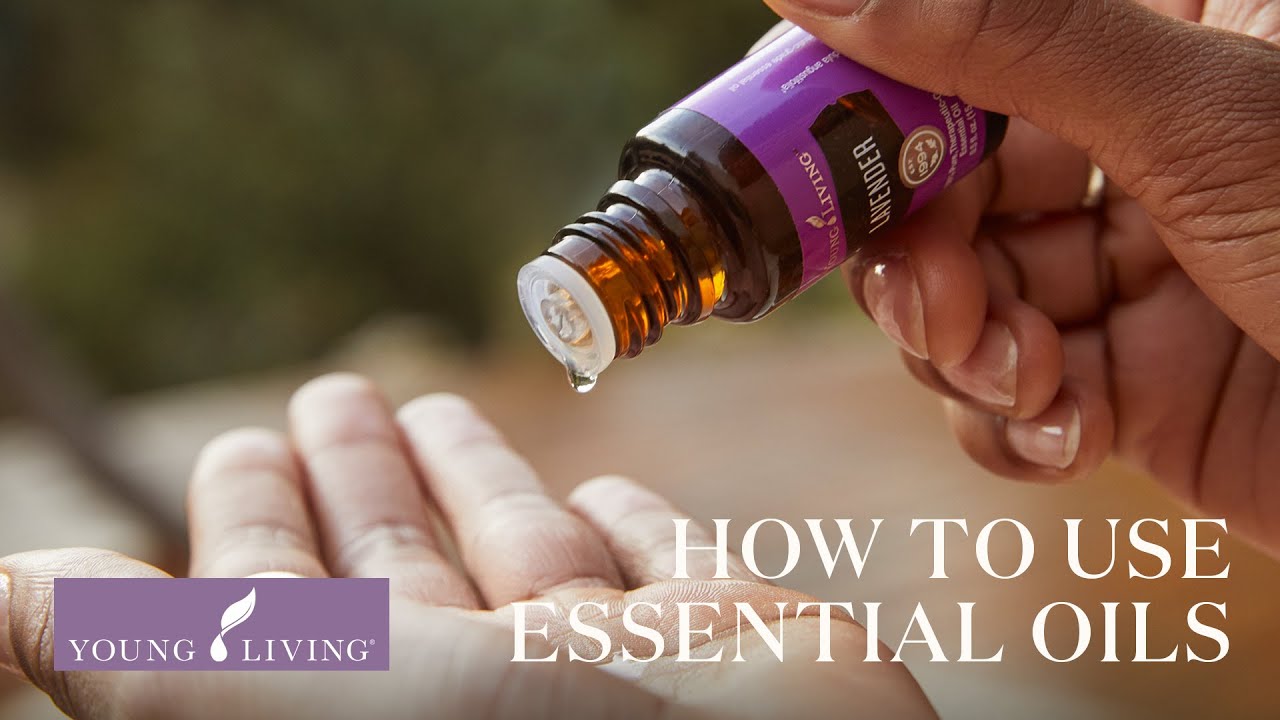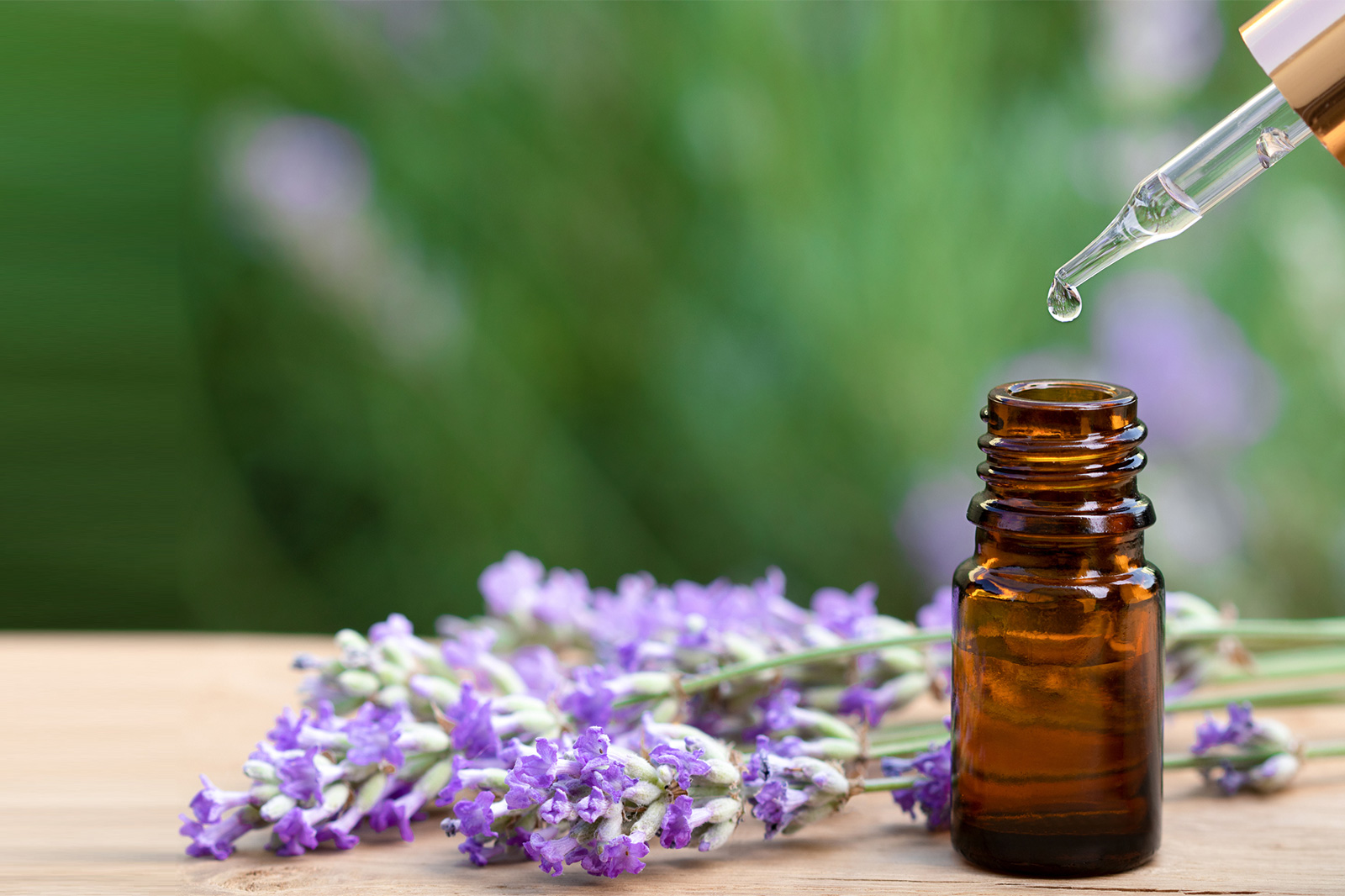Essential Oils - Their Formulations For The Control Of Curculionidae Pests
Essential oils (EOs) have grown in popularity in recent years due to their easy availability in various plants, as well as their low toxicity for mammals and rapid degradation patterns. Curculionidae are herbivorous phytophagous coleopterans known as weevils. Some weevil species are destructive to agriculture, wreaking havoc on plantations and stored goods.
Author:Suleman ShahReviewer:Han JuJul 15, 202258 Shares1.6K Views

Essential oils(EOs) have grown in popularity in recent years due to their easy availability in various plants, as well as their low toxicity for mammals and rapid degradation patterns.
Curculionidae are herbivorous phytophagous coleopterans known as weevils. Some weevil species are destructive to agriculture, wreaking havoc on plantations and stored goods.
This pest's lifecycle includes the stages of egg, larva, pupa, and adult. When they are in their larval stage, they attack plantations, inflicting damage to the plant's neck and crown.
Adults have powerful jaws that allow them to swallow the laminae of leaves, shoots, twigs, and fruits, resulting in deep gouges in the lignified tissues of trees and woody shrubs.
Some subspecies of this group are quarantine pests, which necessitate phytosanitary treatments to ensure that exported products are pest-free.
Pests
The Curculionidae family has 60,000 species, however not all are pests. Few of these species have been managed naturally with EOs.
Sitophilus zeamais, known as corn weevil or rice weevil, causes both quantitative and qualitative losses to grains and stored seeds. Larvae and adults do the most damage, influencing nutritional levels, weight loss, taste, odor, and grain germination. Sitophilus zeamais and Sitophilus oryzae are closely related species that are difficult to differentiate. Sitophilus oryzae is one of the most devastating pests of cereals, causing weight loss, nutrient loss, and economic losses.
Sitophilus granarius damages stored grains. Once this bug infests a facility, all stored products must be destroyed. Fumigation is the best way to control this bug, which affects stored goods.
The red palm weevil damages coconut, date, and oil palm crops. The larva attacks the palm's heart for 25 to 105 days before becoming a pupa. When pest damage is obvious, it signifies the palm tree is critically infested with high population numbers, resulting in palm trees being cut and transferred to a secure site to prevent future propagation. Adults don't inflict the most damage, although they can fly up to 7 miles and infest quickly.
Aegorhinus superciliosus and Aegorhinus nodipennis attack hazelnut, blueberry, and raspberry plantations. Chile and Argentina are home to these pests.
Both Aegorhinus species cause damage to the collar or crown of plants, producing premature reddening, yellowing, reduced new twigs, and even plant mortality in severe cases. Adults' powerful mandibles allow them to eat leaf laminae, shoots, twigs, and fruits, gouging lignified tissues of trees and shrubs.

Essential Oils: What Are You Really Getting?
Essential Oils For Curculionidae Pest Control
Aromatic, volatile oils are oily. They're extracted from leaf, stem, flower, bark, and fruit using hydrodistillation, steam distillation, dry distillation, or environmentally friendly technologies like supercritical fluid extraction, microwave-assisted extraction, and ultrasound-assisted extraction.
EOs are made of terpenoids and phenylpropanoids, which give them antioxidative, antibacterial, and insecticidal qualities. They can be used in pharmaceuticals, food, and agriculture.
Sustainable agriculture and the inclination for organic or ecological crops have boosted research on EO insecticides. EOs are safer than synthetic insecticides, according to the FDA. EOs have repellant, insecticidal, ovicidal, and growth inhibitory properties, according to many studies. Insecticidal activity can be assessed by fumigation, contact, and ingestion.
Eugenol, produced from cloves, nutmeg, and cinnamon, is one of the essential oils that excels at controlling a wide range of Curculionidae insects. Contact toxicity experiments against several curculionidae, such as S. zeamais and S. granarius, revealed lethal concentrations to kill 50% (LC50) of insects of 0.69 (µL/cm²) for cinnamon against S. zeamais and 2.765 (µL/mL) for eugenol against S. granarius.
Furthermore, its contact and fumigant toxicity against S. oryzae (rice weevil) has been examined, with two LC50 values reported: 0.376 (µL/cm²) and 963.3 (µL/L) of Ocimum tenuiflorum oil (eugenol is the major component of this oil).
On the other hand, Al Dawsari Mona discovered that applying 0.7 mL of clove essential oil extract (high concentration of eugenol) and 7 mg of clove powder induced 100% death in the R. ferrugineus pest on the first and third days of exposure, respectively.
Insecticidal effects are possible due to the presence of α-pinene in the constitution of many essential oils. α-pinene is found in higher concentrations in plants such as Azilia eryngioides (Apiaceae), which accounts for 63.8%; Hypericum myricariifolium (found in high mountain regions of the Andes in Central and South America), which accounts for 45.52%; Cupressus sempervirens (Mediterranean cypress), which accounts for 37.88%; and Rosmarinus officinalis, which accounts for 23.52%. Ebadollahi and Mahboubi discovered that A. eryngioides essential oil has harmful fumigant action against S. granarius in the adult stage, with an LC50 of 20.05 (µL/L).
Patio-Bayona et al. discovered fumigant toxicity of H. myricariifolium essential oil against mature Sitophilus zeamais with an LC50 of 463.1 (µL/L). The essential oil of C. lusitanica was shown to be toxic to Sitophilus zeamais in the adult stage, with a mortality rate of 59.2% at a concentration of 2% v/w.
Limonene is an essential oil that has been examined for its pest control properties. Citrus species include Citrus sinensis, Citrus lemon, Citrus aurantifolia, and Citrus reticulata, as well as Aegle marmelos (originally from Asia) and Lippia alba.
When tested for toxicity by contact, ingestion, and fumigant effects, the oil of C. reticulata had a lower mean lethal concentration than that of C. aurantifolia, which recorded values of 51.29 µL/mL, 1.52 µL/g, and 41.92 µL/L in the air when tested for toxicity by contact, ingestion, and fumigant effects, respectively.
Modes Of Action - Insecticidal Essential Oils
The insecticidal effects of EOs on curculionidae are unknown. EOs block various physiological processes of gamma-aminobutyric acid (GABA) receptors, the principal insect inhibitory neurotransmitter.
Plant metabolites can also inhibit acetylcholinesterase (AChE), a neurotransmitter crucial for central nervous system signaling. Bhavya et al. studied the effect of eugenol and Ocimum tenuiflorum essential oil on AChE activity in S. oryzae and found that eugenol inhibits more AChE after two hours, whereas both EOs inhibit about 40% of AChE after four hours.
These values are connected to eugenol and O. tenuiflorum's high insecticidal activity, since blocking AChE kills S. oryzae.
Another neurotransmitter impacted by EOs is octopamine. This chemical serves as a neurohormone and neuromodulator, which indicates that it is involved in various biological processes.
Plata-Rueda et al. found that eugenol, α-pinene, α-humulene, and α-phellandrene cause insect leg and abdomen muscle contractions and impaired locomotor behavior by blocking octopamine receptor binding sites, which modulates the nervous-muscular system. This neurotoxic action causes S. granarius to die quickly when exposed to EOs.
Hussain et al. analyzed the insecticidal activity of Piper nigrum extract against R. ferrugineus, and determined that piperine, which is the main component of the extract, increased the expression of the cytochrome P450 gene, being responsible for the metabolism leading to the release of toxins in insects. R. ferrugineus larvae fed 500 mg/L piperine died within six days because cytochrome P450 expression increased 35-fold.

How to Use Essential Oils: Aromatically, Topically, Internally & Safely
Encapsulation For Prolonged Effect
Essential oil-based pesticides have various advantages and have been shown to be effective against several Curculionidae species; nevertheless, they are highly volatile at specific temperature and pressure circumstances.
One technologythat can assist overcome this difficulty is nanoencapsulation. Encapsulating EOs in materials with some dimensions in the nanometer range (between 1-100 nm), such as nanoemulsions, lipid nanomaterials, polymeric nanoparticles, and clay nanomaterials, is the basis of nanoencapsulation.
Nanoemulsions
When water in oil (W/O) or oil in water (O/W) are combined, a nanoemulsion is created. Surfactants lower water and oil's surface tension to stabilize mixes. Nanoemulsions encapsulate EOs. Nanometric droplets shield EOs from external influences due to their physical stability.
High-energy and low-energy approaches produce nanoemulsions. Both strategies should produce monomodal droplet sizes. High-energy approaches involve mechanical devices that use disruptive forces to create smaller droplets; their downsides are high acquisition values and temperature increases from emulsion friction.
Ultrasonic, HPVH, and microfluidization are employed. Low-energy approaches include phase inversion composition (PIC), phase inversion temperature (PIT), solvent displacement, emulsion inversion point (EIP), bubble bursting, and spontaneous nanoemulsion.
Two researchers have examined EOs-based nanoemulsions for Curculionidae control. Adak et al. found 100% and 80% mortality rates for eucalyptus nanoemulsion and oil against Sitophilus oryzae (adult). Oliveira et al. tested thymol nanoemulsion and oil on Sitophilus zeamais from Maracaju. LT50 for thymol nanoemulsion was 47.5 hours versus 26.3 for thymol oil. In both investigations, EO-based nanoemulsions had stronger insecticidal efficacy than oils and sustained fatality rates.
Polymeric Nanoparticles
Biodegradable or synthetic polymers can be blended to create polymeric nanoparticles. Chitosan, pectin, cellulose, alginate, cyclodextrin, starch, polycaprolactone, and polyethylene glycol are popular polymers. Cheap, renewable biodegradable polymers are abundant in nature.
Polymers can contain EOs in different ways. They can be adsorbed on the nanoparticle's surface, attached via linkers, encased in a hydrophilic or hydrophobic polymer shell, or confined in a polymer matrix. Electrospray, supercritical fluid, solvent evaporation, ionotropic gelation, nanoprecipitation, and salinization also produce polymeric nanoparticles.
No essential oils encapsulated in polymeric nanoparticles have been tested against Curculionidae. Polymeric nanoparticles-EOs are effective against other pests.
Werdin González et al. found that PEG 6000 nanoparticles stabilize geranium or bergamot EOs by reducing their volatility and degradation. Only 25% of encapsulated EOs volatilized in 6 months.
PEG-EOs nanoparticles may control and effectively release oil against Tribolium castaneum and Rhyzopertha dominica, whose contact toxicity increased from 4 to 24 weeks. de Oliveira et al. tested zein nanoparticles containing EO mixes on Chrysodeixis included and Tetranychus urticae.
Nanoencapsulation avoided EOs' acute toxicity and quick degradation, while increasing their effectiveness over 120 days. These results show that polymeric nanoparticles may boost the efficacy of EOs, indicating the need for more research on Curculionidae pests.

Clay Nanomaterials
Nanoclays are nanoparticles with a high specific surface area and ion exchange capacity, allowing them to switch from hydrophobic to hydrophilic or vice versa while being economically viable and biocompatible.
Furthermore, most clays are lamellar aggregates with interlamellar cations (Na+), which allow ion exchange to make clays more compatible with EOs, promoting adsorption and then managing release via the "tortuous path" generated by the clay lamellae and the interactions that ensue.
Surfactants, such as ammonium salts, are also employed to modulate the hydrophobicity of clays, which changes the net charge of the solid, enabling interaction between molecular species such as EOs and increasing interlaminar space.
Finally, the most often utilized clays for encapsulating EOs as pesticides are montmorillonite and kaolinite. Encapsulation of Ocimum gratissimum in montmorillonite is one example of this.
S. zeamais mortality rates were 100% in the first days and 75% after 30 days, demonstrating the efficiency of clays in the slow release of EOs.
People Also Ask
What Are The Dangers Of Essential Oils?
Undiluted essential oils can irritate or burn delicate skin or the nose. Susceptible individuals may also experience an allergic response and a skin rash.
Can Breathing In Essential Oils Be Harmful?
"In fact, breathing in the particles generated by the oils may cause airway irritation and asthmasymptoms," she claims. "Variable organic compounds, or VOCs, may be present in the strong scents released by essential oils." VOCs are chemical gasses that degrade the quality of the air and can irritate the lungs."
What Is The Most Powerful Essential Oil?
Frankincense. Frankincense, also known as Boswellia, is one of the most potent and medicinally helpful essential oils on the earth. Its main benefit is that it stimulates the immune systemand kills microorganisms that cause infection.
What Is The Strongest Smelling Essential Oil?
Ylang Ylang Essential Oil: Ylang Ylang essential oil is extremely powerful, sweet, and floral, and it often steals the show in essential oil mixes. Its enticing perfume lends a delightful flowery touch to any diffuser blend or DIY product.
Conclusion
Essential oils have a high potential for use as natural insecticides against curculionidae and other insect species. In reality, because they do not produce hazardous residues and are environmentally beneficial, they can play a significant role in pest management and organic farming.
The drawbacks they have, which are connected to their high volatility and deterioration, can be mitigated by adopting current encapsulation technologies. As a result, future research should concentrate on identifying how encapsulation of EOs or mixes of EOs can improve the effectiveness of pest management at various life stages under changing environmental conditions.

Suleman Shah
Author
Suleman Shah is a researcher and freelance writer. As a researcher, he has worked with MNS University of Agriculture, Multan (Pakistan) and Texas A & M University (USA). He regularly writes science articles and blogs for science news website immersse.com and open access publishers OA Publishing London and Scientific Times. He loves to keep himself updated on scientific developments and convert these developments into everyday language to update the readers about the developments in the scientific era. His primary research focus is Plant sciences, and he contributed to this field by publishing his research in scientific journals and presenting his work at many Conferences.
Shah graduated from the University of Agriculture Faisalabad (Pakistan) and started his professional carrier with Jaffer Agro Services and later with the Agriculture Department of the Government of Pakistan. His research interest compelled and attracted him to proceed with his carrier in Plant sciences research. So, he started his Ph.D. in Soil Science at MNS University of Agriculture Multan (Pakistan). Later, he started working as a visiting scholar with Texas A&M University (USA).
Shah’s experience with big Open Excess publishers like Springers, Frontiers, MDPI, etc., testified to his belief in Open Access as a barrier-removing mechanism between researchers and the readers of their research. Shah believes that Open Access is revolutionizing the publication process and benefitting research in all fields.

Han Ju
Reviewer
Hello! I'm Han Ju, the heart behind World Wide Journals. My life is a unique tapestry woven from the threads of news, spirituality, and science, enriched by melodies from my guitar. Raised amidst tales of the ancient and the arcane, I developed a keen eye for the stories that truly matter. Through my work, I seek to bridge the seen with the unseen, marrying the rigor of science with the depth of spirituality.
Each article at World Wide Journals is a piece of this ongoing quest, blending analysis with personal reflection. Whether exploring quantum frontiers or strumming chords under the stars, my aim is to inspire and provoke thought, inviting you into a world where every discovery is a note in the grand symphony of existence.
Welcome aboard this journey of insight and exploration, where curiosity leads and music guides.
Latest Articles
Popular Articles